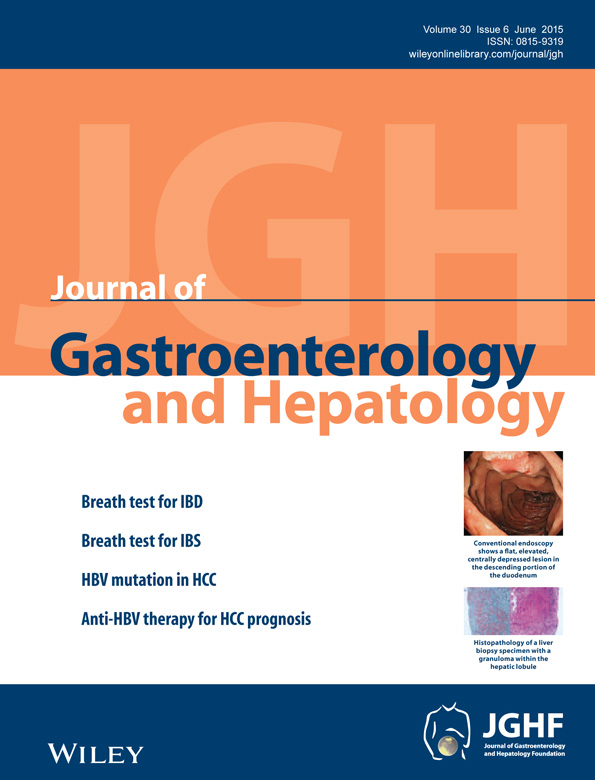Small bowel patency assessment using the patency device and a novel targeted (limited radiation) computed tomography-based protocol
Abstract
Background and Aim
Excretion of the patency capsule (PC) within a certain time frame may be used to demonstrate luminal patency prior to capsule endoscopy (CE). We aimed to determine how often further radiological imaging is needed to confirm luminal patency after PC, assess radiologists' ability to locate the PC on plain abdominal films, and evaluate the outcomes of a novel computed tomography (CT) protocol for PC localization.
Methods
A study of the ability of radiologists to localize PC using plain abdominal films was performed. A novel protocol targeting a limited CT at the level of the PC identified on the “scout” film if retained 30 h post-ingestion was prospectively evaluated in 400 consecutive patients undergoing PC.
Results
In a study of the confidence with which radiologists could localize the PC on plain films, radiologists preferred abdominal CT to localize PCs identified on plain films in 74% of cases. In a protocol based on the use of a PC and targeted, limited CT scan to confirm small bowel patency in those failing to excrete the PC 30 h post-ingestion, the sensitivity, specificity, positive, and negative predictive value were 99.4%, 90.0%, 99.7%, and 81.0%, respectively. Crohn's disease was the only statistically significant predictor associated with higher risk of luminal stricture (P = 0.001) in post-hoc analysis.
Conclusions
Excretion of the PC 30 h post-ingestion reliably predicts safe CE passage. Plain abdominal radiology is unreliable and a scout film targeted, limited CT scan offers an accurate minimal radiation method of determining small bowel patency.




